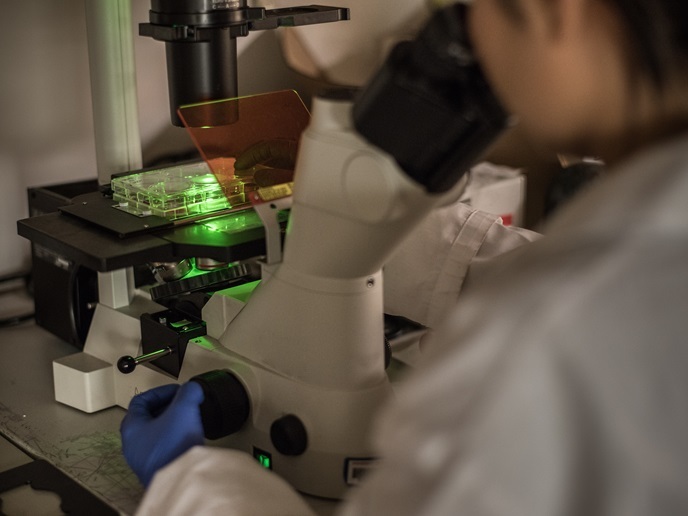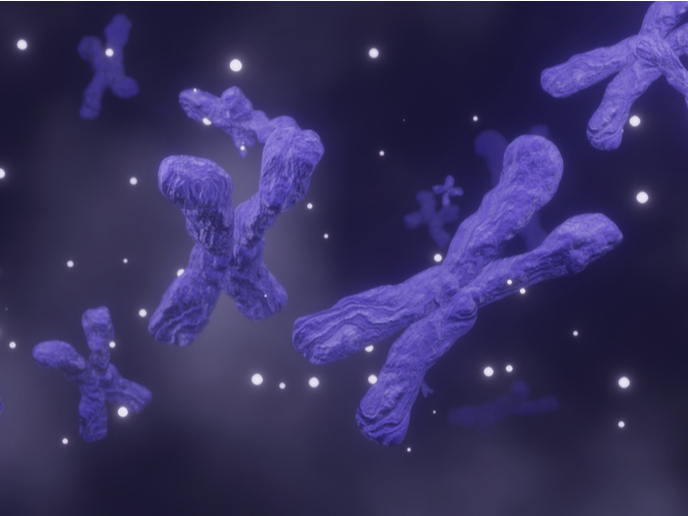Single-molecule biophysics in the high-throughput era
The ability to study large libraries of DNA, RNA and protein sequences at the single-molecule level has long been a critical goal in biophysics, one that promises to unlock new dimensions of molecular understanding. “By allowing researchers to examine the dynamics and interactions of individual molecules, such studies would provide a deeper understanding of biological processes,” says Chirlmin Joo(opens in new window), a biophysicist at Delft University of Technology(opens in new window). “It would also open the door to new ways of treating genetic disorders, cancer and other diseases.” Helping overcome this long-standing limitation is the MIGHTY_RNA project, which received support from the European Research Council(opens in new window). At the heart of this initiative is SPARXS, an innovative platform that integrates single-molecule fluorescence measurements with next-generation sequencing to enable high-throughput, sequence-specific biophysical studies. “This groundbreaking solution allows for the simultaneous kinetic and structural characterisation of millions of molecules with thousands of unique sequences,” explains Joo, accelerating understanding of their shape and behaviour.
Overcoming challenges
Developing the SPARXS platform required that researchers overcome several challenges. One of those was ensuring the compatibility of the single-molecule fluorescence detection and the sequencing processes on the same commercial sequencing flow cell. At the outset, researchers were not even sure this would work, as they had no direct control over the conditions inside a sequencing flow cell. “Achieving single-molecule fluorescence [free of background noise] in that environment required rethinking detection strategies from the ground up,” notes Joo. “It was a major leap that made SPARXS possible.” Furthermore, to align the vast datasets from the fluorescence microscopy and sequencing modalities, the project had to develop custom algorithms capable of performing precise data coupling. The datasets, along with all software used in the project, are openly accessible(opens in new window).
One experiment, thousands of unique sequences
Using SPARXS, researchers were able to study the kinetic behaviour of over 4 000 unique DNA sequences in a single experiment. According to Joo, this work not only reveals new insights into sequence-dependent molecular dynamics, but also provides a robust, generalisable framework that can be applied to study proteins, RNA and other biomolecules. “SPARXS opens up new avenues for understanding sequence-structure-function relationships at an unprecedented scale, and seeing this concept materialise and become experimentally validated has been a turning point of my career,” he adds.
How sequence variations influence molecular behaviour
The MIGHTY_RNA project has pushed the boundary of single-molecule biophysics into the high-throughput domain – and it intends to keep pushing. Researchers are currently looking to expand the use of SPARXS beyond nucleic acids, adapting it for studying protein-ligand and protein-peptide interactions. The project is also exploring the possibility of integrating SPARXS data with machine learning approaches. Such a combination could allow the platform to predict molecular interactions and dynamics, thus enhancing its use in drug discovery and synthetic biology. “By combining the resolution of single-molecule techniques with the scale of high-throughput approaches, the SPARXS platform empowers researchers to systematically probe how sequence variations influence molecular behaviour, with applications ranging from fundamental biophysics to translational biomedical research,” concludes Joo. He welcomes enquiries(opens in new window) from potential collaborators interested in applying SPARXS to other biological systems.





